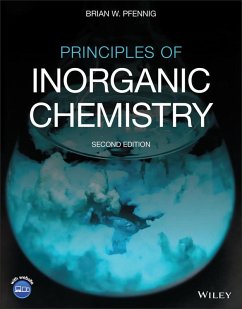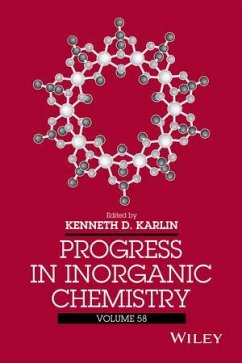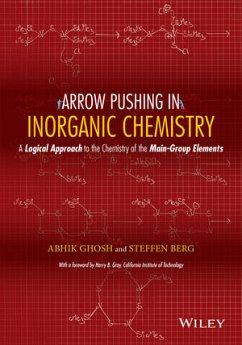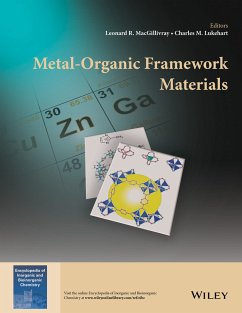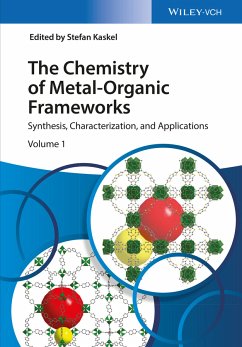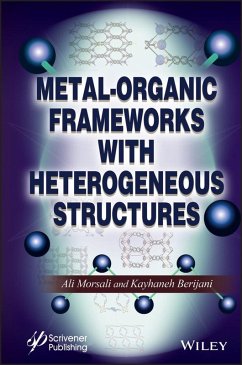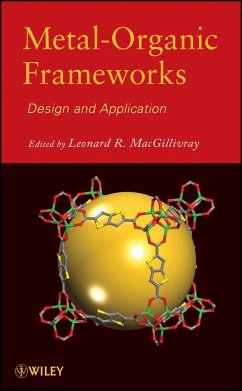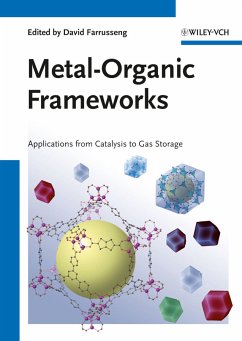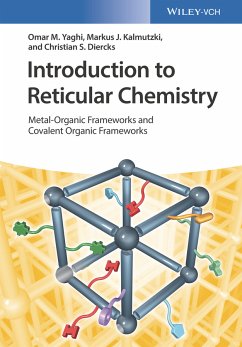
Arrow Pushing in Inorganic Chemistry (eBook, ePUB)
A Logical Approach to the Chemistry of the Main-Group Elements
Versandkostenfrei!
Sofort per Download lieferbar
63,99 €
inkl. MwSt.
Weitere Ausgaben:

PAYBACK Punkte
0 °P sammeln!
Involved as it is with 95% of the periodic table, inorganic chemistry is one of the foundational subjects of scientific study. Inorganic catalysts are used in crucial industrial processes and the field, to a significant extent, also forms the basis of nanotechnology. Unfortunately, the subject is not a popular one for undergraduates. This book aims to take a step to change this state of affairs by presenting a mechanistic, logical introduction to the subject.Organic teaching places heavy emphasis on reaction mechanisms - "arrow-pushing" - and the authors of this book have found that a mechanis...
Involved as it is with 95% of the periodic table, inorganic chemistry is one of the foundational subjects of scientific study. Inorganic catalysts are used in crucial industrial processes and the field, to a significant extent, also forms the basis of nanotechnology. Unfortunately, the subject is not a popular one for undergraduates. This book aims to take a step to change this state of affairs by presenting a mechanistic, logical introduction to the subject.
Organic teaching places heavy emphasis on reaction mechanisms - "arrow-pushing" - and the authors of this book have found that a mechanistic approach works just as well for elementary inorganic chemistry. As opposed to listening to formal lectures or learning the material by heart, by teaching students to recognize common inorganic species as electrophiles and nucleophiles, coupled with organic-style arrow-pushing, this book serves as a gentle and stimulating introduction to inorganic chemistry, providing students with the knowledge and opportunity to solve inorganic reaction mechanisms. . The first book to apply the arrow-pushing method to inorganic chemistry teaching . With the reaction mechanisms approach ("arrow-pushing"), students will no longer have to rely on memorization as a device for learning this subject, but will instead have a logical foundation for this area of study . Teaches students to recognize common inorganic species as electrophiles and nucleophiles, coupled with organic-style arrow-pushing . Provides a degree of integration with what students learn in organic chemistry, facilitating learning of this subject . Serves as an invaluable companion to any introductory inorganic chemistry textbook
Organic teaching places heavy emphasis on reaction mechanisms - "arrow-pushing" - and the authors of this book have found that a mechanistic approach works just as well for elementary inorganic chemistry. As opposed to listening to formal lectures or learning the material by heart, by teaching students to recognize common inorganic species as electrophiles and nucleophiles, coupled with organic-style arrow-pushing, this book serves as a gentle and stimulating introduction to inorganic chemistry, providing students with the knowledge and opportunity to solve inorganic reaction mechanisms. . The first book to apply the arrow-pushing method to inorganic chemistry teaching . With the reaction mechanisms approach ("arrow-pushing"), students will no longer have to rely on memorization as a device for learning this subject, but will instead have a logical foundation for this area of study . Teaches students to recognize common inorganic species as electrophiles and nucleophiles, coupled with organic-style arrow-pushing . Provides a degree of integration with what students learn in organic chemistry, facilitating learning of this subject . Serves as an invaluable companion to any introductory inorganic chemistry textbook
Dieser Download kann aus rechtlichen Gründen nur mit Rechnungsadresse in D ausgeliefert werden.




